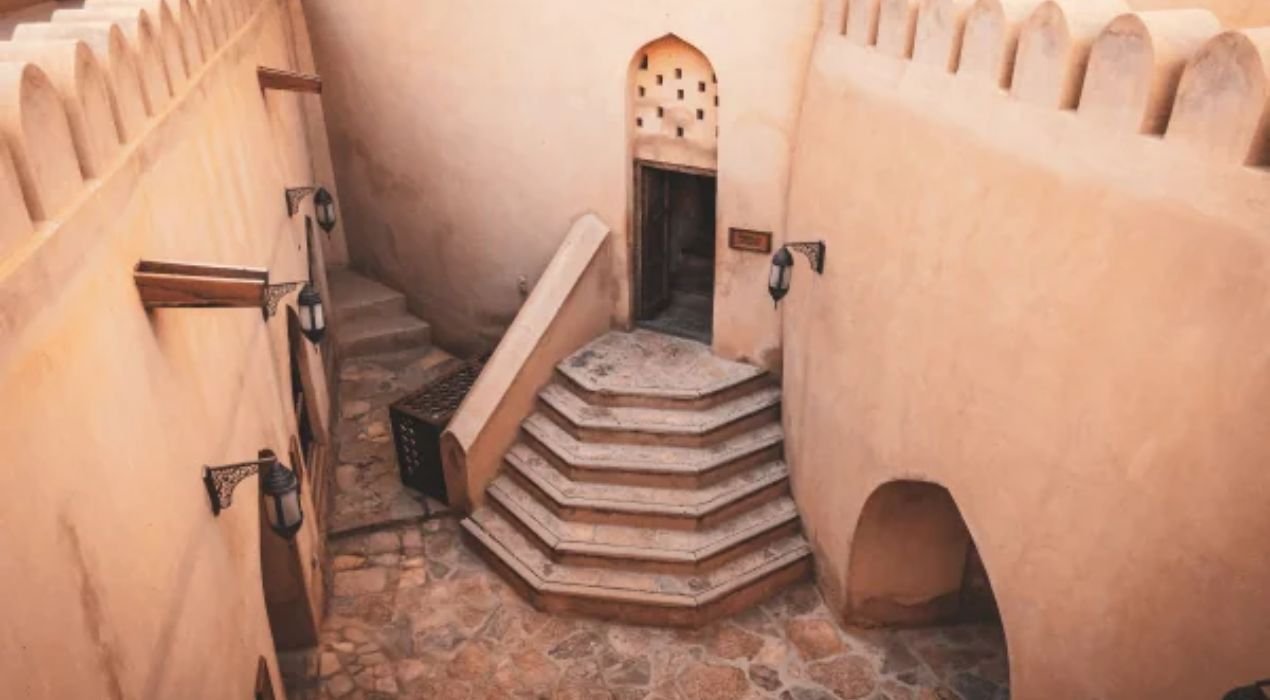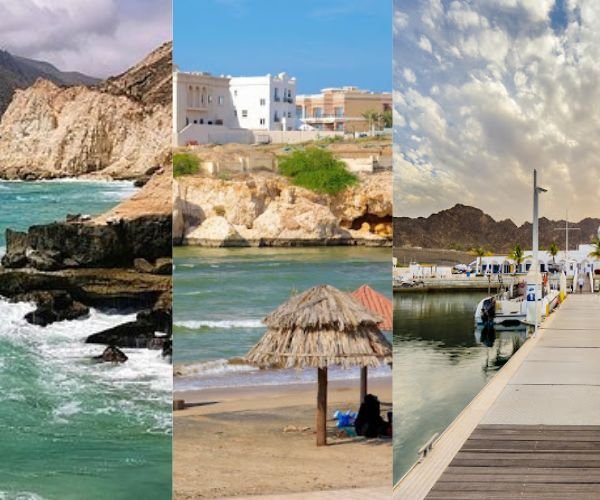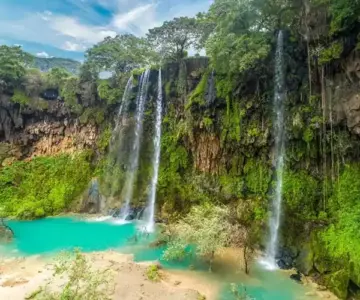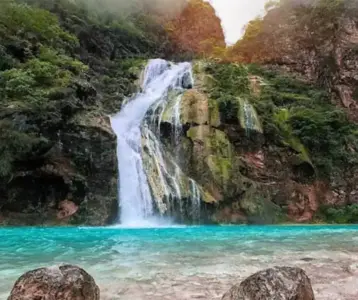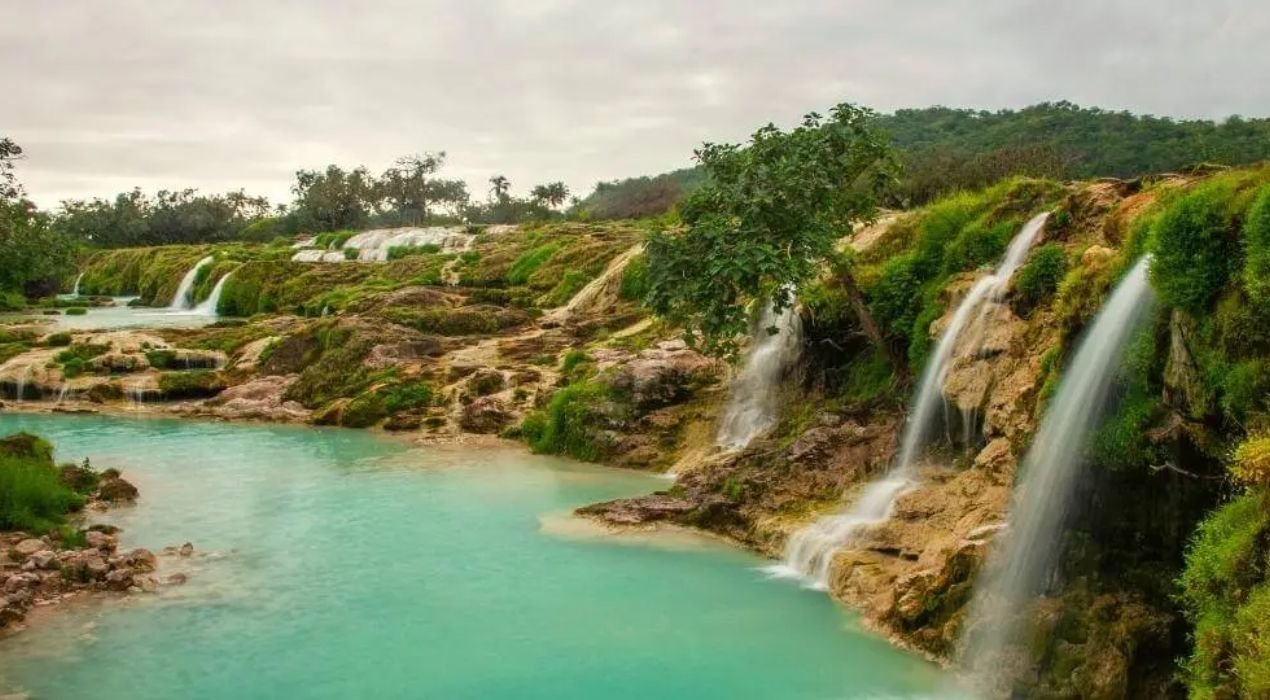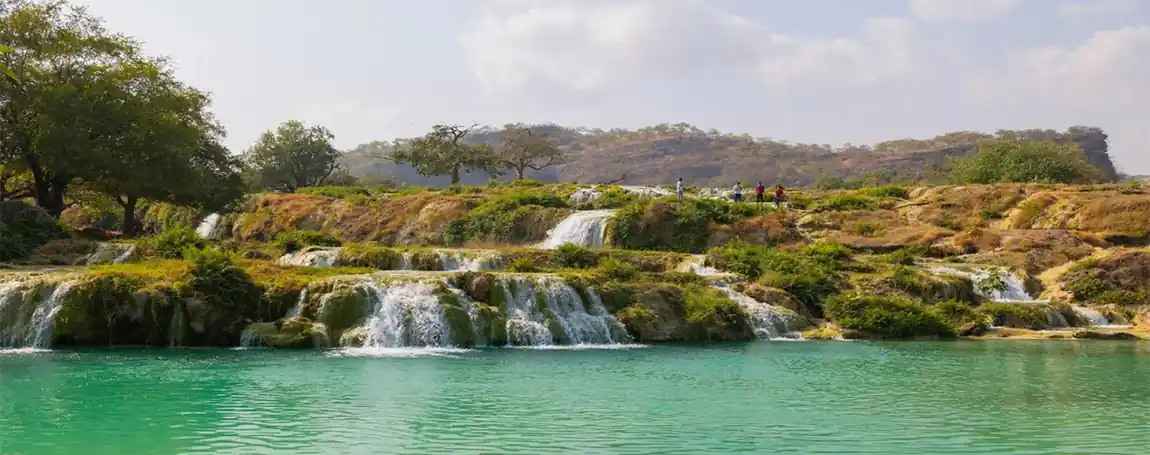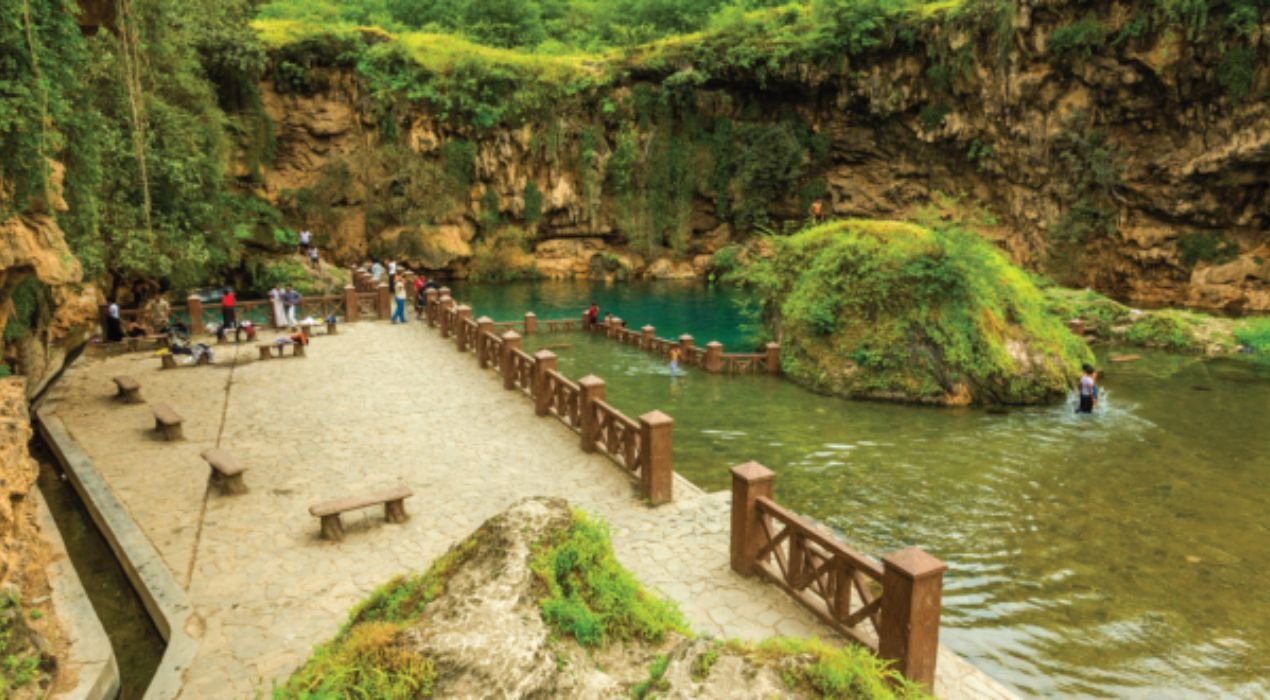Tourism in Oman represents unparalleled natural beauty and rich cultural diversity. Oman is one of the distinctive tourist destinations offering unique experiences for visitors. In this article, we will explore the types of tourism in Oman and how travelers can enjoy in this enchanting country.
Types of tourism in Oman include cultural, entertainment, and sports tourism. Regardless of your interests, you will find in Oman what meets your expectations. We will also review how you can enjoy the latest tourist trips through Salalah Safari Tours, where unique experiences to discover the beauty of Oman are organized. Get ready for an unforgettable exploration journey in Oman, where history and nature blend in unique harmony.Cultural and Historical Tourism in Oman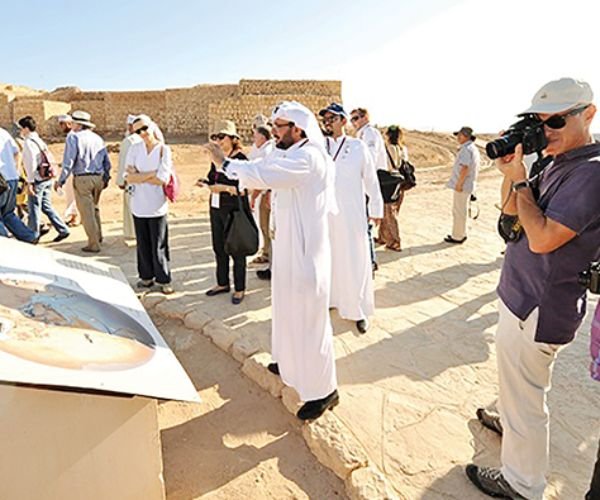
The Sultanate of Oman is characterized by its diversity and rich cultural heritage, making it an ideal destination for cultural enthusiasts. The country’s ancient history and rich cultural heritage date back to ancient times, with forts, castles, towers, and historic mosques scattered throughout Oman.
The Sultanate also showcases its craftsmanship through the production of traditional crafts, such as traditional clothing, Omani sweets, musical instruments, decorations, pottery, metalwork, palm leaves, woolens, and cotton. Omani artisanal heritage is also highlighted in the production of swords and daggers.
Oman abounds with old markets that add a traditional flair, such as Muttrah Souq, Nizwa Souq, Bahla Souq, and Rustaq Souq, where visitors can explore the country’s culture and learn about the people’s lives through these magnificent markets.
Get the excitement and thrill during your desert trip and discover the breathtaking beauty of nature with thrilling adventures from Salalah Safari.
Key Cultural Tourism Sites
Cultural tourism is one of the most important types of tourism in Oman, allowing visitors to closely explore Oman’s history. Some of the key landmarks indicating this include: Museums: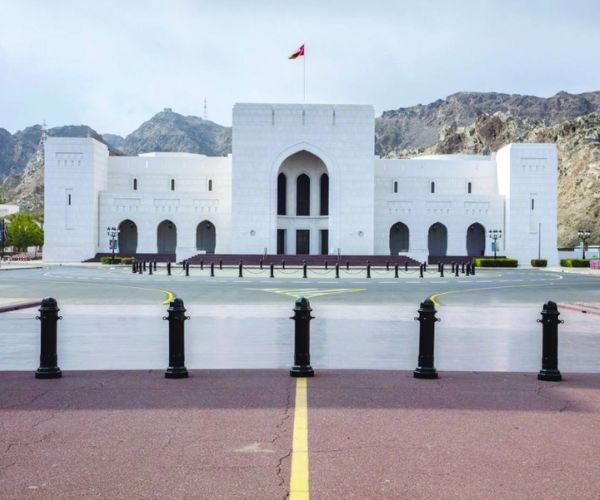 Oman stands out as a leading cultural destination through its keen interest in its historical and cultural heritage through museums, which play a vital role in transmitting culture and history. The Ministry of Heritage and Culture oversees a range of official museums, including Natural History, Children’s, Franco-Omani, and Saham Fort Museums.
The Armed Forces Museum, located in Bayt Al Falaj Castle, showcases the country’s defense history. Additionally, the Maritime Museum in Sur showcases various aspects of maritime heritage.
Oman stands out as a leading cultural destination through its keen interest in its historical and cultural heritage through museums, which play a vital role in transmitting culture and history. The Ministry of Heritage and Culture oversees a range of official museums, including Natural History, Children’s, Franco-Omani, and Saham Fort Museums.
The Armed Forces Museum, located in Bayt Al Falaj Castle, showcases the country’s defense history. Additionally, the Maritime Museum in Sur showcases various aspects of maritime heritage.
- The modern National Museum is one of the latest projects, containing artifacts and manuscripts covering multiple historical periods in Oman. In addition to government museums, there are private museums such as Bait Al Zubair Museum and Bait Al Ghesham, reflecting the diversity and richness of Omani heritage.
- Get the excitement and thrill during your desert trip and discover the breathtaking beauty of nature with thrilling adventures from Salalah Safari.
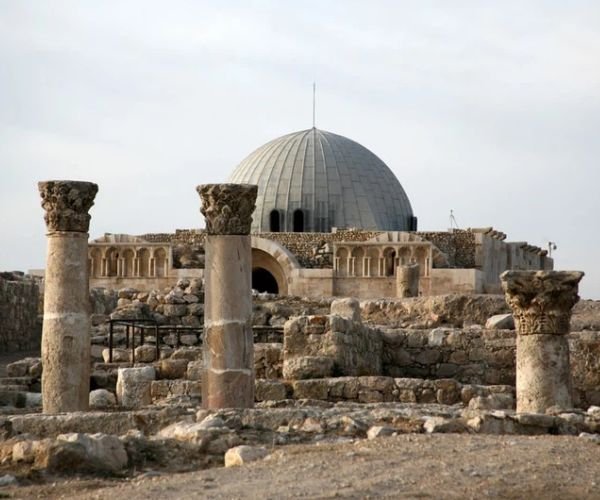 Antiquities hold a prominent place in Oman’s cultural tourism, serving as historical testimony to the development of civilizations and industries. Oman’s diversity and heritage are evident in its archaeological sites registered on UNESCO’s World Heritage List.
Bahla Fort was registered as a cultural reserve in December 1987, encompassing Bahla Oasis, its traditional markets, and historic mosques. The fort is historically significant due to its traditional market and ancient alleys.
The Bat Archaeological Site was listed on the World Heritage List in December 1988, located east of Ibri, where it serves as a meeting point for ancient trade routes. This site covers a large area and represents a convergence point for commercial cultures.
Antiquities hold a prominent place in Oman’s cultural tourism, serving as historical testimony to the development of civilizations and industries. Oman’s diversity and heritage are evident in its archaeological sites registered on UNESCO’s World Heritage List.
Bahla Fort was registered as a cultural reserve in December 1987, encompassing Bahla Oasis, its traditional markets, and historic mosques. The fort is historically significant due to its traditional market and ancient alleys.
The Bat Archaeological Site was listed on the World Heritage List in December 1988, located east of Ibri, where it serves as a meeting point for ancient trade routes. This site covers a large area and represents a convergence point for commercial cultures.
- The Frankincense Route Sites were registered in 2000 and include the ancient city of Al Balid, Khor Rori site, Al Hajar site, and Wadi Dawkah. These sites enjoy legal protection under the Sultanate’s decree.
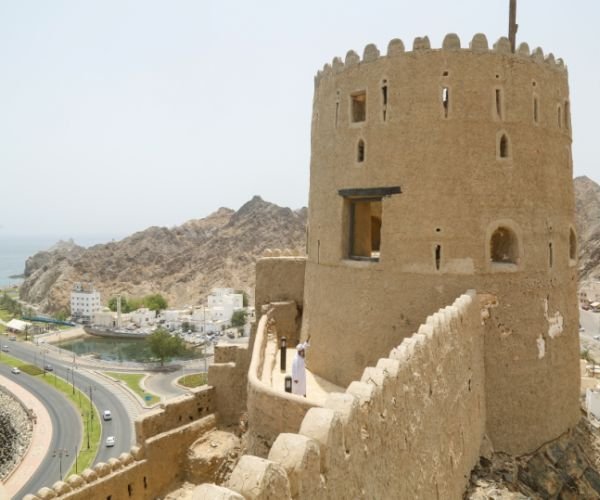 Castles and forts in the Sultanate of Oman have multifaceted roles, not only serving as seats of power and defense but also as educational and enlightenment centers.
Castles and forts in the Sultanate of Oman have multifaceted roles, not only serving as seats of power and defense but also as educational and enlightenment centers.
- These historic buildings in Oman’s depth reflect post-madrasa schools, where they were used to provide advanced education and knowledge development. This multifaceted role reflects the importance of forts and castles in preserving Oman’s heritage and encouraging understanding and learning across generations.
 The Sultanate is rich in cultural preservative areas and witnesses to its heritage, reflecting this wealth in the field of libraries and manuscripts. Oman has 62 private libraries operating to spread knowledge and awareness in various cities and governorates.
The Sultanate is rich in cultural preservative areas and witnesses to its heritage, reflecting this wealth in the field of libraries and manuscripts. Oman has 62 private libraries operating to spread knowledge and awareness in various cities and governorates.
- In addition, government libraries are among the prominent cultural destinations, including Sultan Qaboos University Library, Sultan Qaboos Grand Library, and the Islamic Library under the Ministry of Heritage and Culture, in addition to the Cultural Club Library and the Literary Forum Library.
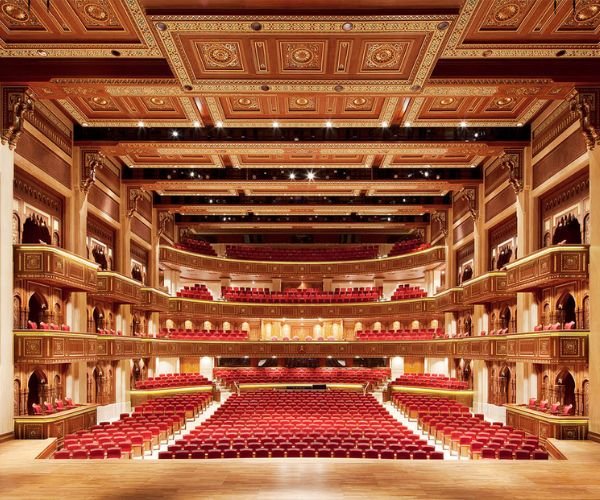 The Royal Opera House in Muscat serves as an effective means of communication between different cultures and societies, indicating that cultural tourism is one of the most important types of tourism in Oman, as it reflects Sultan Qaboos’ vision of promoting Omani values and Arab identity.
The Opera House offers a variety of artistic performances, including opera, ballet, flamenco, musical concerts, singing performances, and jazz, as well as international performances. Therefore, this center serves as a vital bridge that shows opportunities for cultural exchange between Oman and the world.
The Royal Opera House in Muscat serves as an effective means of communication between different cultures and societies, indicating that cultural tourism is one of the most important types of tourism in Oman, as it reflects Sultan Qaboos’ vision of promoting Omani values and Arab identity.
The Opera House offers a variety of artistic performances, including opera, ballet, flamenco, musical concerts, singing performances, and jazz, as well as international performances. Therefore, this center serves as a vital bridge that shows opportunities for cultural exchange between Oman and the world.
- Through its refined artistic character, the Royal Opera House in Muscat turns into a leading institution in the field of cultural tourism in Muscat.
 Exhibition and festival tourism in the Sultanate of Oman is distinctive, as Oman boasts organizing several exhibitions and festivals that enhance the country’s cultural and tourist aspects.
This includes the Muscat International Book Fair, Muscat Festival, Salalah Tourism Festival, Omani Song Festival, Theater Festival, Folk Arts Festival, and Omani Poetry Festival, which is regularly held in the Sultanate’s governorates. These events work to promote cultural and heritage aspects and form an important tourist attraction for locals and visitors.
Exhibition and festival tourism in the Sultanate of Oman is distinctive, as Oman boasts organizing several exhibitions and festivals that enhance the country’s cultural and tourist aspects.
This includes the Muscat International Book Fair, Muscat Festival, Salalah Tourism Festival, Omani Song Festival, Theater Festival, Folk Arts Festival, and Omani Poetry Festival, which is regularly held in the Sultanate’s governorates. These events work to promote cultural and heritage aspects and form an important tourist attraction for locals and visitors.
Entertainment Tourism in Oman
Oman is characterized by an abundance of exciting entertainment venues. It is not only a destination for families but also a hub for entertainment. These diverse places include stunning gardens, unique entertainment centers, famous restaurants, modern malls, charming cafes, and enchanting beaches. Additionally, there are many venues dedicated to hosting parties and various entertainment events, making the experience of entertainment tourism in Oman unparalleled.Entertainment Venues in Oman
Mutrah Corniche: Begin your journey exploring history and civilization at Mutrah Corniche, which stretches along the coast, combining the beauty of the sea with the charm of the mountains. Enjoy the wonderful mix of nature, where towering mountains meet blue waters, and admire traditional Omani white structures. Take a delightful stroll along the corniche, visit the impressive Mutrah Incense Burner, and explore the famous Mutrah Fort with its historic towers. Don’t miss visiting Riyam Park or Kalbuh Park, both open to the public and excellent options for families.
Dolphin Shows: Watching dolphins in their natural environment is one of the most wonderful activities in Muscat. During a boat trip, you can enjoy watching dolphins play and leap above the water’s surface, adding a unique touch to the experience. Oman stands out as a tourist destination committed to environmental protection and marine life, contributing to increasing dolphin numbers and achieving ecological balance. You can book your trip from the old Muscat Port, with the possibility of customizing trips that include swimming in private and secluded beaches for a unique and completely private experience along the beautiful coast of the Sea of Oman. Mutrah Souq: Oman is famous for its popular markets and large shopping complexes, but for a unique shopping experience at reasonable prices, a visit to Muttrah Souq is recommended. It’s one of the most beautiful traditional Omani markets, offering a wide range of traditional shops where you can find Omani daggers, Arabian incense, fabrics, textiles, and spices. The souq is also an ideal place to buy antiques and handicrafts, allowing visitors to purchase gold and jewelry. Some vendors offer rare items like preserved animals and insects in rocks, as well as gemstones. Ultimately, a visit to Muttrah Souq is a shopping experience like no other in Oman. Qurum Park: Muscat is known for being a perfect destination for families with many parks and large gardens, serving as healthy havens for children. The city has several parks such as Riyam Park near Muttrah Corniche, Al Seeb Park near the airport, and Al Amerat Park in the interior region. Among these parks, Qurum Park stands out as the largest park in Muscat, serving as a unique natural reserve. The park gets its name from the famous Qurum trees in the area, offering vast green spaces and a range of free children’s playgrounds, as well as cafes serving light meals, making it one of the prominent tourist activities in Oman.
